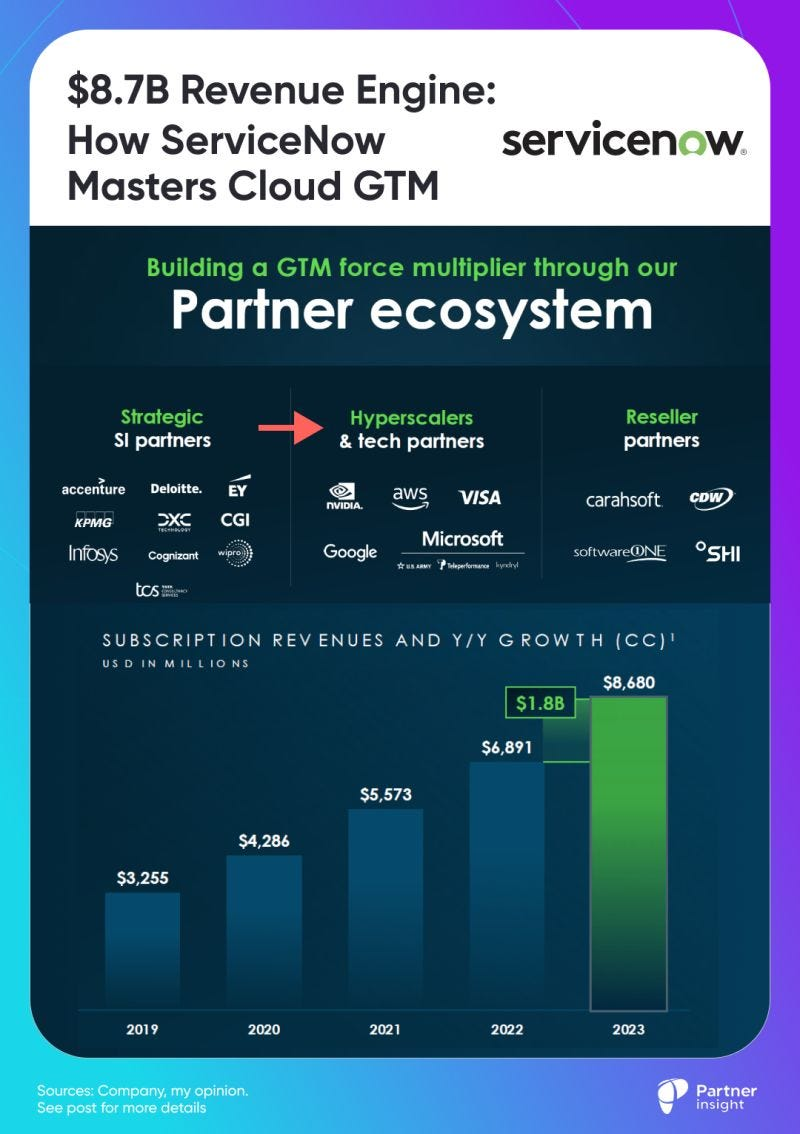How Ecosystem-Driven Companies Outperform Competition: A Deep Dive
- karan4331
- Aug 15, 2024
- 4 min read
Did you know that the top performing 20% of companies are 2.3x more likely to generate 60% or more of their revenue from ecosystems?
Ecosystems also help them reach the market faster, 70% of the time, than their competition. But that's not all. Let's dive in.
In today's market, top-performing companies heavily rely on ecosystems for revenues. Ecosystems are what help them outperform competition. This is a key insight from PwC's recent research of 2,000+ decision-makers globally.
Ecosystem’s Value Creation
Ecosystems in tech have moved well beyond being just a talking point in partner-facing presentations. Today, they are a robust strategy, creating truly integrated customer journeys that cut across various industries and value chains.
Consider this: You're on a road trip, decide to go on vacation on a whim, and you coordinate everything in one app – from buying plane tickets to renting a car, hotel, to adding insurance, entertainment, seamlessly bridging multiple industries. This is the ecosystem orchestration in action.
Similarly, in B2B, customers don't just want to extend their use of the cloud or buy an access to a large language model (LLM). They need specific customer outcomes, like creating a Generative AI-based customer support assistant that will answer questions based on company data. This may include selecting a cloud provider, LLM, service partner, etc., which all could be now bought via a cloud marketplace.
Dissecting the Ecosystem Advantage
Today the top performing 20% of companies use ecosystems as their winning ticket to success. These frontrunners are not just 2x more likely to generate 60%+ of their revenues from ecosystems, but they are also aiming to increase their ecosystem-derived revenue in the future.
They are:
More innovative: 2.3x more likely to have high levels of innovation
Faster: 70% more likely to be faster to market
More agile: 20% more likely to be more flexible and agile
These leading companies leverage ecosystems to access new customers and markets, share customer insights, and gain a competitive edge. They outperform their competition, which is still not prioritizing partnerships to the same extent.
The Ecosystem's Network Effect
Ecosystems have a unique characteristic: the flywheel effect. Through their ecosystems, companies can plug into a powerful, self-reinforcing loop of growth and competitive advantage.
Imagine the edge a company can gain from partners' insights into customer needs. These insights can help identify and address capability gaps, thus enhancing customer value propositions. The result is more potential customers, providing even more insights. This forms a virtuous cycle that fuels its own momentum.
________________________________________
Crafting a Winning Strategy
High-performing companies depend heavily on ecosystems for revenues. They're 7X times more likely to use service partners to fill capability gaps and almost 50% more likely to have leaders who recognize and seize ecosystem opportunities. But it requires a deliberate strategy.
Ecosystem Strategy and Delivery: The Yin and Yang of Success
Top-performing companies are ~30% more likely to have a clear ecosystem strategy. This strategy is critical, as it defines where to play and how to win. Companies need to understand their unique value proposition and the role they intend to play in the ecosystem.
A big part of ecosystem success lies in the ability to deliver. Implementing an ecosystem model may uncover blind spots across various functions, including human skills, technology, and governance. Swiftly addressing these gaps will enable your business to effectively deliver its value proposition.
Leveraging Partners for Success
Winning companies are 7X more likely to invest in service partnerships to close capability gaps and keep pace with technological advancements. This in turn allows them to focus on what they do best.
The strategic focus contributes to financial outperformance, freeing up more resources for continued investment in their areas of differentiating advantage, while service partners handle the rest.
The Imperative for Ecosystem Leadership
Leading companies are ~50% more likely than other companies to have leaders who recognize and act on the threats and opportunities that emerge from business ecosystems, service partnerships, and new technology.
Competing in ecosystems might feel unfamiliar to leadership teams used to static industry boundaries and traditional forms of competition. But they better adapt quickly. As ecosystems become a distinguishing factor that separates high-performance companies from the rest, businesses that already have an edge will extend it further.
The Future of Business is Ecosystem-Driven
Embracing a business ecosystem model opens doors to new opportunities and potential growth. The journey requires a strategic approach, a willingness to address capability gaps, and a change in leadership mindset.
If navigated carefully, it can create a lasting competitive advantage, helping businesses stay relevant and succeed in the face of evolving customer needs and market dynamics.
In this rapidly evolving business landscape, those who learn fast, adapt, and align their strategies with the ecosystem approach will be the ones leading the race. So, maybe it’s time to take a closer look at your company's strategy in the context of business ecosystems? The future is closer than you think.
_____
📈 Accelerate your Growth in Cloud Marketplaces
Transform your marketplace strategy with first-hand insights from Cloud GTM leaders in our 5-week cohort course. Learn in a community of great alliance leaders. Join 100+ alums from companies like GitLab, Darktrace, IDC and others.





Comments